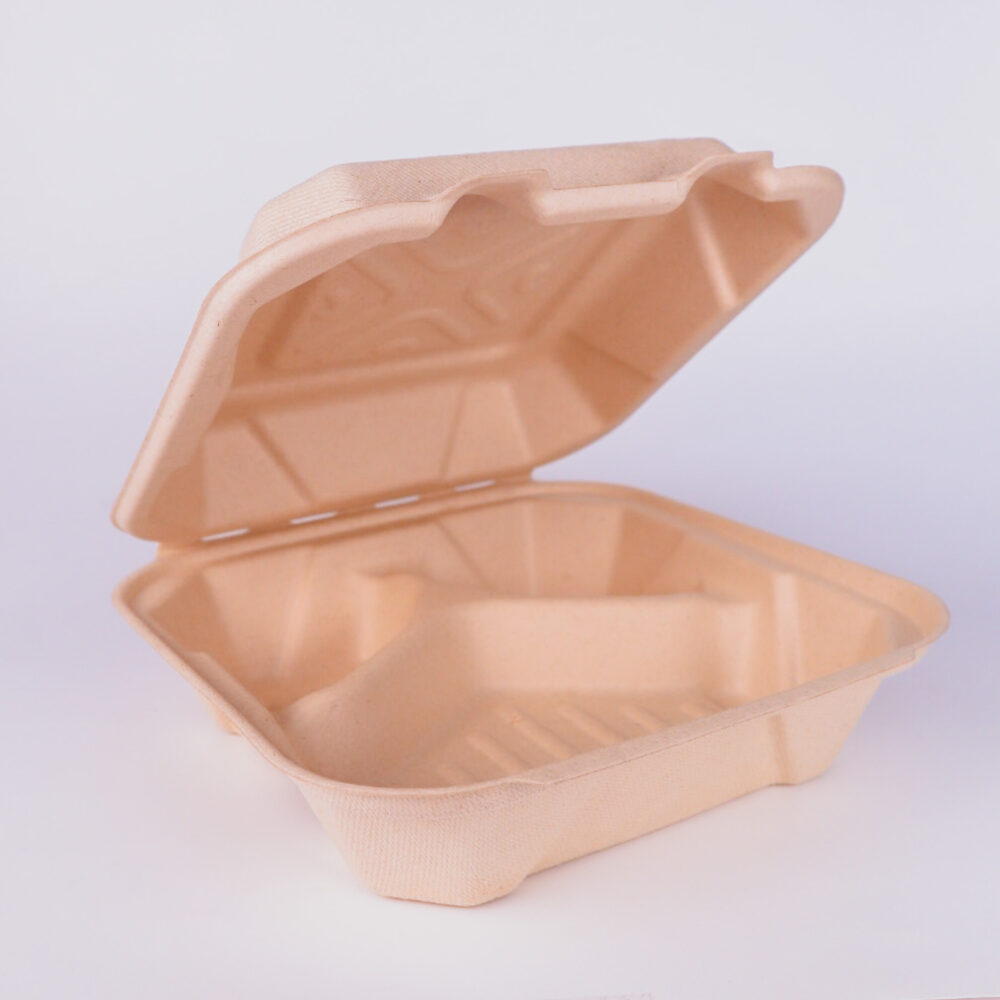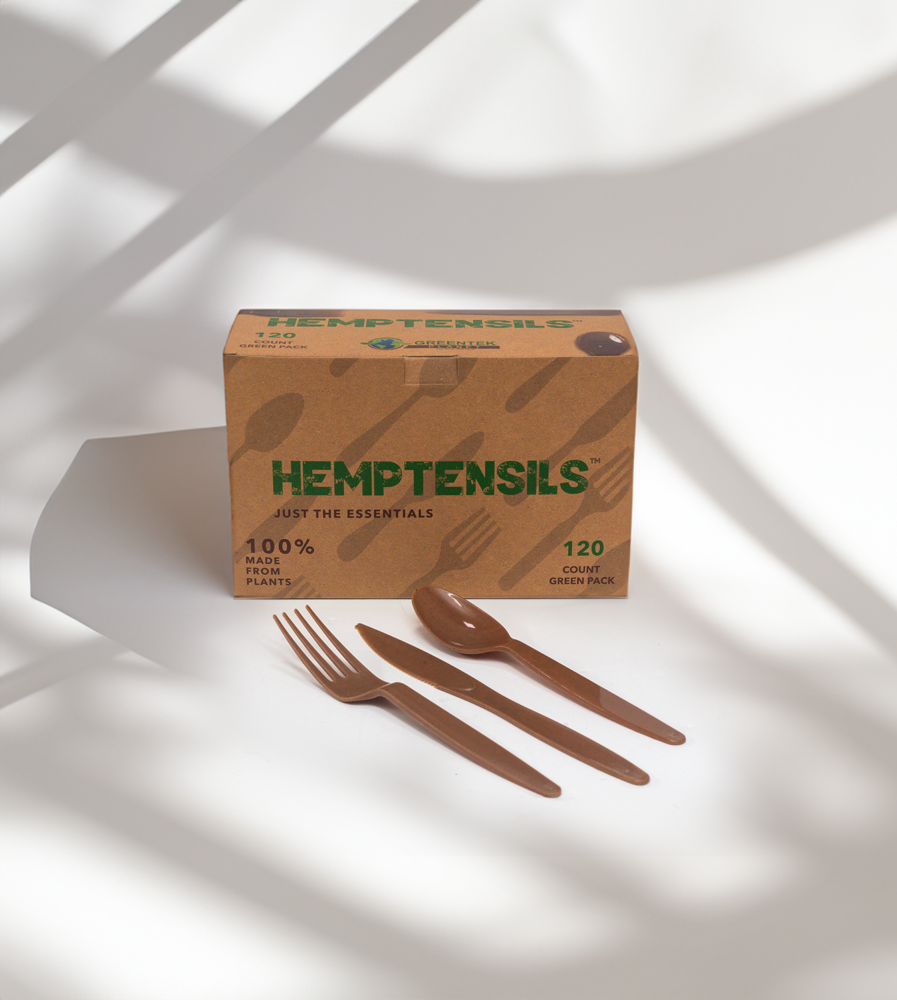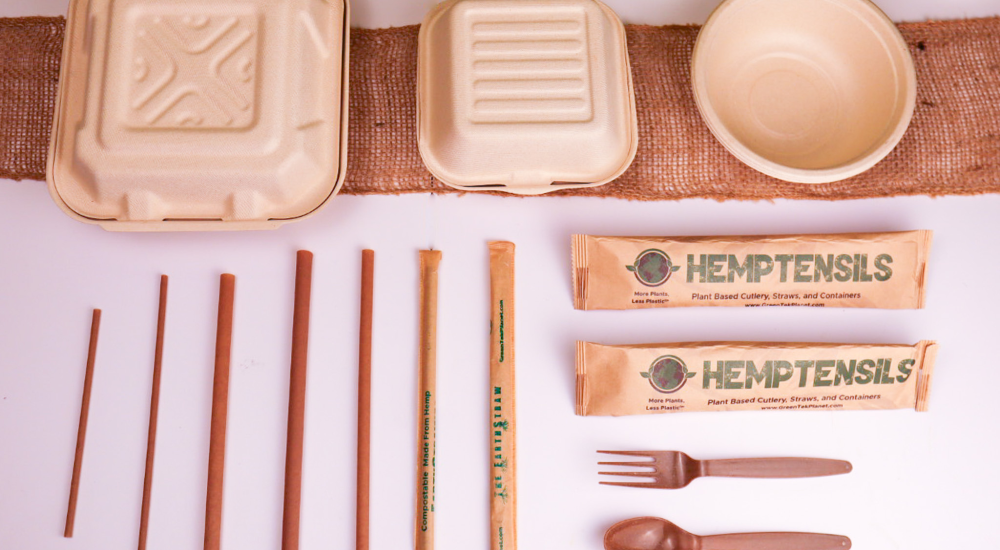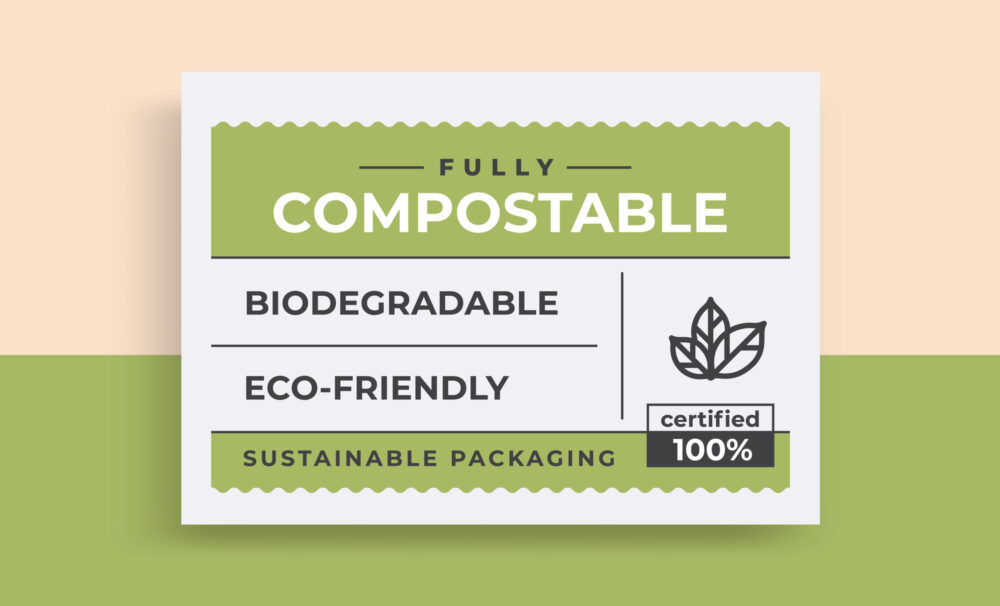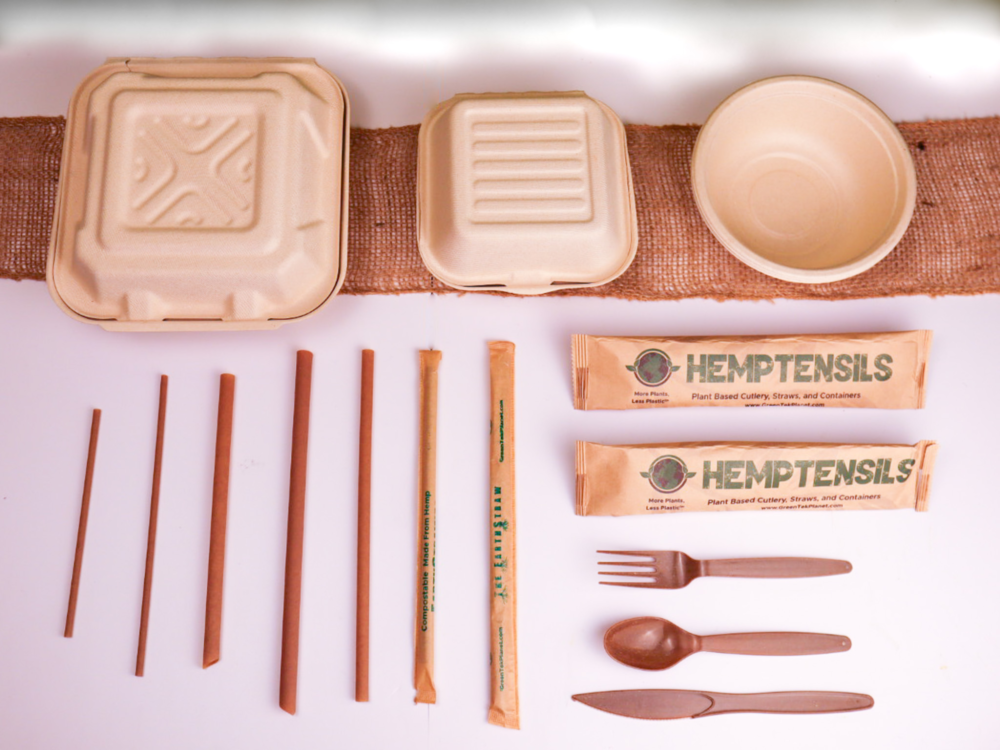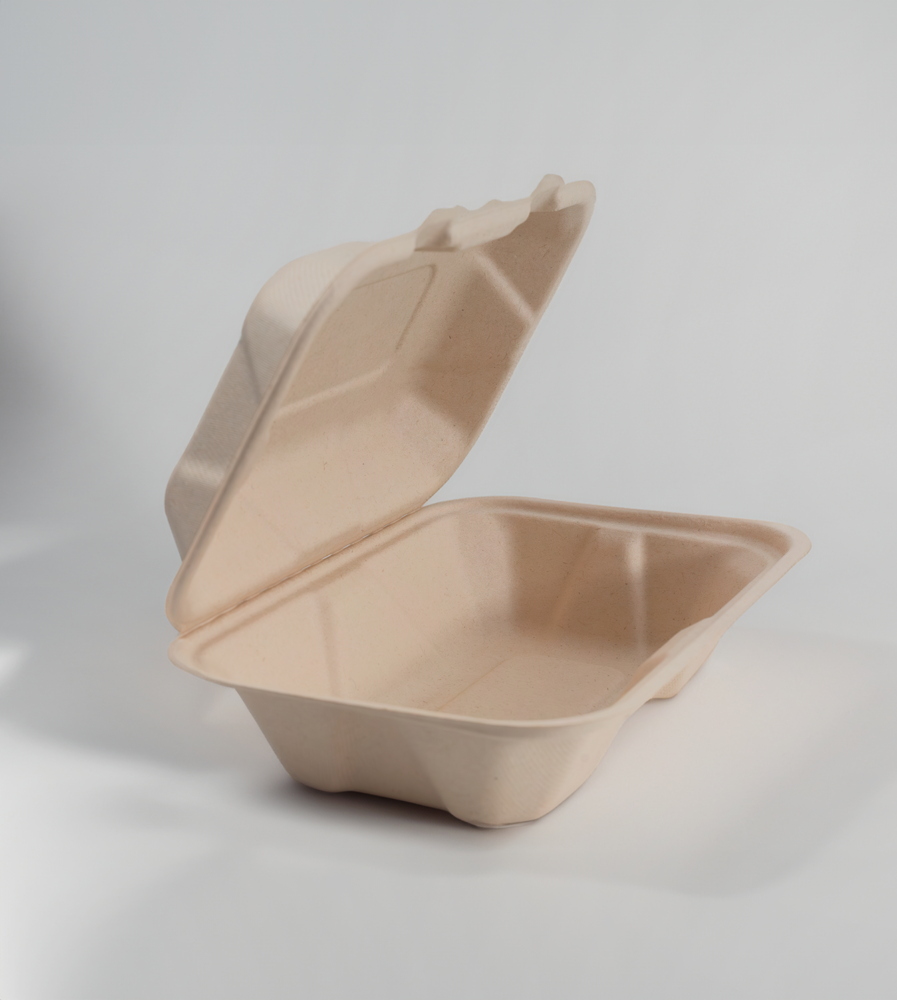
Have you ever bought a product because it was labeled ‘bioplastic’? Well, you’re not alone. The term bioplastics has become a buzzword in Japan as consumers lean towards eco-friendly choices.
You see, just like how we pick our food based on the ingredients list, Japanese folks are giving more thought to what goes into their products too – specifically if they’re made from bioplastics. But there’s a catch…
The thing is most people don’t really know what bioplastics are or that there’s more than one type! You’ve got bio-based plastics and then there are those that actually break down – the biodegradable ones. Not all of them tick both boxes though!
Let’s dig deeper into these subtleties, and you might be surprised by folks favoring homegrown goods over imported ones and different types of raw materials like sugarcane. So let’s get to it!
Table of Contents:
- Understanding Bioplastics: Consumer Preferences in Japan
- Factors Influencing Consumer Preferences for Bioplastics
- Biomass Usage and Feedstock Preferences
- Environmental Impact Considerations
- The Role of Education in Shaping Consumer Preferences
- Factors Influencing Consumer Preferences for Bioplastics
- Domestic Preference and its Reasons
- Biomass Usage and Feedstock Preferences
- Environmental Impact Considerations
- Biomass Usage and Feedstock Preferences
- Sugarcane vs Wood Chips vs Waste Cooking Oil
- Environmental Impact Considerations
- The Importance of CO2 Emissions Reduction
- The Role of Education in Shaping Consumer Preferences
- The Power of Information
- Moving Toward Sustainable Choices
- The Bottom Line: Education Matters
- Biodegradability and Consumer Response
- The Allure of Biodegradability: Unwrapping the Appeal
- Transparency: The Key Ingredient
- FAQs in Relation to Consumer Preferences for Bioplastics in Japan
- What is the market demand for bioplastics?
- Which country is the biggest source of bioplastics?
- Why are bioplastics important to consumers?
- What is the trend in bioplastic prices?
- Conclusion
Understanding Bioplastics: Consumer Preferences in Japan
A recent study unveiled an interesting insight into the mindset of Japanese consumers when it comes to bioplastics. A survey of 12K individuals revealed that many were unaware that bioplastics are not necessarily derived from biological sources or capable of breaking down.
The distinction between bio-based, degradable, and other types of plastics seemed blurred for many participants. This indicates a gap in consumer knowledge which needs addressing to make informed choices about sustainable products.
Factors Influencing Consumer Preferences for Bioplastics
Digging deeper into what drives preferences towards these eco-friendly materials reveals fascinating trends. The influence is not only from general perceptions but also personal values such as safety and quality concerns.
This research shows how strong domestic preference can be amongst Japanese consumers when selecting their choice of bioplastic items. A significant number opted for home-grown products due to perceived superior quality and reliability compared to imported alternatives.
Biomass Usage and Feedstock Preferences
Japanese consumers’ views on biomass usage in producing these green substitutes have been rather conservative. Most weren’t keen on using biomass across any product categories studied – whether water bottles or cutlery sets made from plant material.
The feedstock type played a part too. Sugarcane was more favored than wood chips or waste cooking oil as the raw ingredient for making these eco-conscious goods—a sweet spot indeed.
Environmental Impact Considerations
No conversation about sustainability would be complete without mentioning CO2 emissions reduction—one major benefit of shifting towards bioplastics. And this was not lost on our Japanese respondents.
Lowering carbon dioxide emissions stood out as the most valued attribute across all product categories studied. Water bottles were the star here, with consumers being more sensitive to CO2 reduction when choosing their hydration partner.
The Role of Education in Shaping Consumer Preferences
Educating consumers can indeed lead them down a greener path. The study found that after educational interventions, people’s willingness to pay for eco-friendly products rose considerably.
This clearly shows that knowledge is power—even in making planet-friendly choices.
Key Takeaway:
Japanese consumers show a strong preference for home-grown bioplastics due to quality and safety concerns. Yet, many are unclear about the differences between bio-based and degradable plastics. Their favorite feedstock? Sugarcane. Education can significantly increase their willingness to pay for green products, with CO2 reduction being highly valued.
Factors Influencing Consumer Preferences for Bioplastics
What makes Japanese consumers choose bioplastics? Rather than being solely a result of environmental concerns, consumer preferences for bioplastics in Japan are driven by broader perceptions and personal values, as well as an affinity for domestic products. General perceptions and personal values play a big role too. But there’s something more that adds to this mix – a strong preference for domestic products.
Domestic Preference and its Reasons
A love for home-grown goods isn’t new in Japan. This trait extends even into the world of bioplastics, making ‘Made in Japan’ labels a crowd favorite. Why so?
The reasons are many but safety tops the list followed closely by quality and reliability considerations. According to The Japan Times, consumers trust domestic manufacturers because they’re known to stick to strict regulations which translate into safer, higher-quality products.
In fact, our survey showed that consumer preferences for bioplastics were majorly influenced by these factors with respondents expressing an affinity towards domestically produced items.
Biomass Usage and Feedstock Preferences
Moving on from general attitudes towards local production trends let’s take look at biomass usage or lack thereof in this case.
We found most consumers weren’t exactly thrilled about using biomass across all three studied product categories- tableware (plates), disposable cutlery (spoons), single-use water bottles as per research published in Climatic Change journal . Digging deeper we discovered respondents preferred sugarcane over wood chips and waste cooking oil when it came to feedstock. Interesting, isn’t it?
Environmental Impact Considerations
We can’t talk about bioplastics without discussing the environmental elephant in the room – CO2 emissions.
No shocker, cutting down on CO2 emissions topped the list for folks buying all three products. But here’s a curveball: People cared more about this when picking water bottles over plates or spoons. This underlines how different items can shift people’s worries about hurting Mother Nature. According to Science Direct, getting these
Key Takeaway:
People in Japan tend to favor bioplastics, not just for their eco-friendly nature, but also because they love homegrown products. The safety, quality and trustworthiness of items ‘Made in Japan’ really resonate with them. Interestingly enough, when it comes to raw materials for these bioplastics, sugarcane beats out wood chips or used cooking oil. Plus, worries about CO2 emissions seem to differ based on the type of product.
Biomass Usage and Feedstock Preferences
As we look deeper into bioplastics, it’s clear that the source of biomass plays a significant role in consumer perception. According to our survey, most respondents weren’t too keen on using biomass for any of the three products examined.
This is akin to preferring organic produce over conventional ones; it’s not just about the final product but also how it’s made. People want to know where their food comes from – or in this case, their plastic goods.
When asked about different types of feedstock used for creating bioplastics, preferences started showing up more distinctly. Sugarcane was the crowd favorite among other options like wood chips and waste cooking oil.
Sugarcane vs Wood Chips vs Waste Cooking Oil
The idea here isn’t so much about picking winners as understanding why one type might appeal more than another.
| Type | User Preference (%) |
| Sugarcane | 50% |
| Wood Chips | 30% |
| Cooking Oil Waste |
In comparing these sources – sugarcane could be seen as a renewable resource grown specifically for bio-product production whereas wood chips may bring images of deforestation or harm to wildlife habitats.
Funnily enough waste cooking oil despite being recycled material came last. Maybe folks are just put off by something they’ve already fried chicken nuggets in?
To get better insights on consumer behavior around sustainable materials like hemp plastics this guide can be of help. Understanding the ‘why’ behind these choices is key to making sure bioplastics have a future that’s both sustainable and popular.
We also need to remember, there’s no one-size-fits-all answer here. It’s about creating an array of options that cater to diverse needs while keeping our planet healthy.
Environmental Impact Considerations
When looking at the attraction of bioplastics, we must not ignore their potential environmental effects. CO2 emissions reduction is one such factor that holds a lot of weight in consumer choices for these products.
The Importance of CO2 Emissions Reduction
A significant part of green living involves being conscious about our carbon footprint. This consciousness extends to what kind of plastics we choose as well.
In fact, recent data reveals how much value consumers place on reduced carbon dioxide emissions when picking out their plastic products. The attribute ranked top across all three items surveyed – an undeniable testament to its importance among eco-conscious buyers.
This study, involving over 12,000 Japanese respondents found that reducing CO2 emissions was seen as the most valuable trait for water bottles compared to other bioplastic goods studied. It’s clear then; folks are more inclined towards environmentally-friendly alternatives when quenching their thirst.
This makes sense because each bottle made from conventional petroleum-based plastics adds significantly to global warming potential (GWP). So by opting for water bottles with lower GWP like those made from hemp-based bioplastics – you’re effectively helping cool down Mother Earth. Isn’t that something worth sipping on?
| Type Of Product | Sensitivity To CO2 Emission Reductions |
| Packaging Film And Shopping Bags: | Moderate Sensitivity |
| Disposable Utensils: | Moderate Sensitivity |
| Water Bottles: | High Sensitivity |
Bottom line, folks choosing products like water bottles that release less CO2, shows they’re clued in and dedicated to tackling climate change. This is a stark reminder to producers that they must take action.
The Role of Education in Shaping Consumer Preferences
Educationally-based interventions have been found to significantly shape consumer preferences in the direction of more environmentally friendly choices. It’s like having a navigational system for buying – the more you are aware of, the better decisions you can take.
A study focusing on this topic found that educational interventions increased consumers’ willingness to pay for more eco-friendly products. This shows that knowledge isn’t just power—it also influences our wallets.
The Power of Information
In Japan, where bioplastics are gaining popularity due to their low environmental impact compared to traditional plastics, there is still confusion among many consumers about what exactly these materials are and how they’re different from conventional plastic items.
This lack of understanding has an effect on purchasing behavior. Imagine going into a store with no idea what any product does or why one might be better than another—that’s not very helpful. But when shoppers understand the benefits and characteristics of bio-based and biodegradable materials versus traditional ones, they become empowered purchasers who make informed choices based on facts rather than assumptions or misinformation.
Moving Toward Sustainable Choices
To help clear up misconceptions about bioplastics, education initiatives have been launched across Japan. Think back to school days: teachers didn’t just give us answers; they taught us how things work so we could figure out problems ourselves. The same principle applies here—knowledge helps individuals discern between various options available at stores and select those which align with their values concerning sustainability.
These efforts seem to be working because respondents indicated an increased willingness to pay more for environmentally friendly products after receiving education about them.
The Bottom Line: Education Matters
Given the benefits of sustainable alternatives such as bioplastics, consumers are more likely to opt for them over conventional plastics when they have been educated about them. This is not only good news for our planet but also demonstrates how vital education is in shaping consumer behavior and preferences.
Clearly, equipping folks with the right info can significantly influence their purchasing choices. We all could certainly benefit from more insight in the intricate realm of sustainable materials. So let’s continue to learn, because every piece counts.
Key Takeaway:
Knowledge truly is power, especially when it comes to shaping our shopping habits. In Japan, enlightening folks about the perks of eco-friendly alternatives like bioplastics has spiked their popularity and even made people willing to shell out a bit more for them. Bottom line? When we know what we’re investing in, it changes everything—not just for our pocketbooks but also
Biodegradability and Consumer Response
When we speak of bioplastics, the concept of biodegradability often takes center stage. In our study, this association held strong with participants demonstrating a clear inclination towards products that break down naturally over time.
Key Stats:
- The term ‘biodegradable’ evoked positive responses from those surveyed.
This response demonstrates the increasing awareness of environmental issues and the desire to reduce one’s carbon footprint. It’s like swapping your gas-guzzling car for an electric one – it feels good knowing you’re doing something to help reduce your carbon footprint.
In a world where single-use plastics litter our landscapes and clog up our oceans, choosing materials that can return to nature after use is no longer just desirable – it’s essential. This shift in consumer attitudes reflects not only an increased awareness but also growing concern about environmental issues.
The Allure of Biodegradability: Unwrapping the Appeal
Much like being drawn to a piece of chocolate cake at the end of a long day (who could resist?), consumers are attracted by the promise offered by biodegradable products. The idea that they can enjoy convenience without contributing negatively to plastic pollution has significant appeal. Research supports this notion, indicating widespread approval for such alternatives amongst consumers globally.
Yet while there’s much joy in devouring that delicious dessert or using these eco-friendly options, understanding what goes into making them is crucial too. Just as some may prefer gluten-free or vegan treats based on dietary needs or personal values, so do customers make informed choices about bioplastics based on their composition and environmental impact.
Transparency: The Key Ingredient
The more open a business is about its offerings, the better. It’s like when you find out your favorite snack contains all-natural ingredients – it makes it that much tastier. This level of transparency fosters trust and reassures consumers they’re making an environmentally sound choice. Studies show that consumers appreciate this honesty, especially in sectors where greenwashing can be prevalent.
So, it’s crucial to really understand what ‘biodegradable’ means.
Key Takeaway:
Japanese consumers show a strong liking for biodegradable products, viewing them as positive steps towards reducing environmental impact. Much like choosing an electric car over a gas-guzzler, selecting items that naturally decompose feels good and necessary in our plastic-filled world. But it’s not just about the product—it’s also about transparency from companies on their green practices.
FAQs in Relation to Consumer Preferences for Bioplastics in Japan
What is the market demand for bioplastics?
The demand for bioplastics is surging, driven by a growing consciousness about environmental sustainability and new government regulations worldwide.
Which country is the biggest source of bioplastics?
Brazil stands as a major producer of bioplastics due to its ample sugarcane resources used in production.
Why are bioplastics important to consumers?
Bioplastics matter because they reduce carbon footprint and offer an alternative that’s kinder on our planet than traditional plastics.
What is the trend in bioplastic prices?
Trends show that while currently more expensive, prices of bio-based products should fall as technology advances and production scales up.
Conclusion
Bioplastics, huh? They’re not as straightforward as you thought, right?
We learned that consumer preferences for bioplastics in Japan are shaped by more than just environmental concerns. Remember how we talked about the preference for domestic products? That’s a big one.
The use of different feedstocks like sugarcane was also interesting to note. Education plays a major role in boosting consumer willingness to pay for products that are environmentally friendly.
Don’t forget CO2 emissions – folks care about their carbon footprint! Plus, who knew biodegradability would get such positive responses?
So next time you reach out for something labeled ‘bioplastic’, remember what it really means and consider all these factors influencing your choice!


